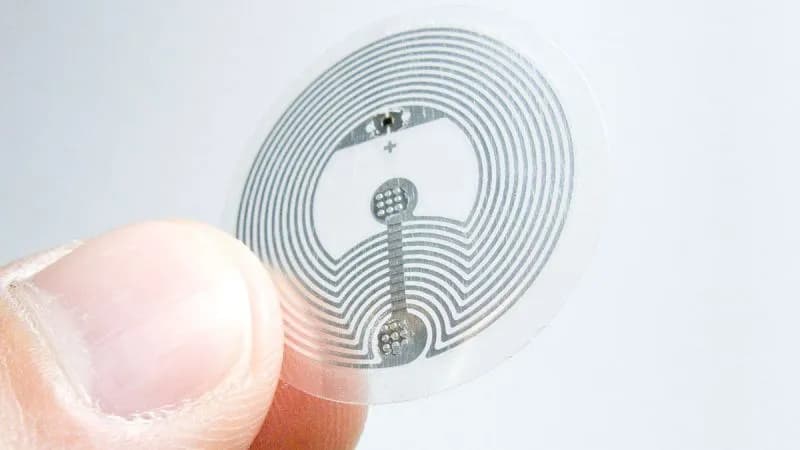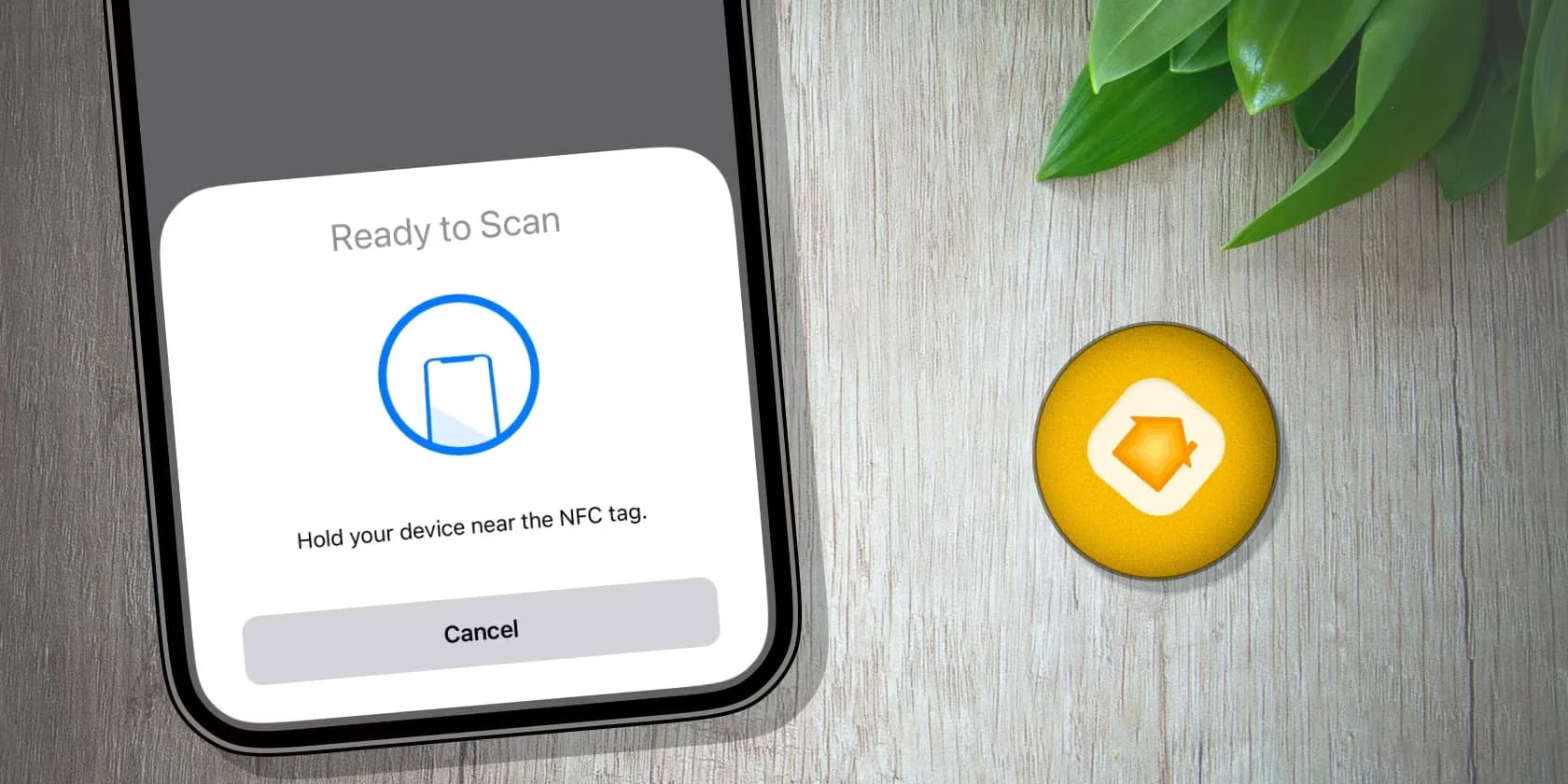NFC Tags
Today, we’re diving into the world of NFC tags, exploring what they are, how they work, and how they can enhance your smart home experience. NFC (Near Field Communication) tags are a simple yet powerful technology that can make your daily interactions with smart devices more seamless and intuitive.
 A close-up image of a standard NFC tag.
A close-up image of a standard NFC tag.
What Are NFC Tags?
NFC tags are small, wireless data storage devices that use electromagnetic fields to communicate with NFC-enabled devices, such as smartphones, tablets, or other NFC readers. These tags are passive, meaning they don’t require a power source of their own; instead, they draw power from the interacting device to transmit data. They are very cheap (8-10 cents) and can be stuck anywhere discreetly.
How Do NFC Tags Work?
NFC technology operates on the principle of electromagnetic induction. When an NFC-enabled device comes within a few centimeters of an NFC tag, it generates a small electromagnetic field that powers the tag. This field allows the tag to transmit data back to the device, enabling a variety of interactions.
 The process of scanning an NFC tag for the first time.
The process of scanning an NFC tag for the first time.
Example Uses of NFC Tags in Smart Homes
NFC tags can greatly enhance the functionality and convenience of your smart home setup. Here are some practical examples of how you can use NFC tags in your daily life:
-
Automated Smart Home Routines
By placing NFC tags around your home, you can trigger complex automation routines with a simple tap of your smartphone. For example, place a tag near your front door to automatically turn off all lights, adjust the thermostat, and lock the doors when you leave.
-
Simplified Device Pairing
Pairing devices can be a hassle, but NFC tags can streamline this process. Stick an NFC tag on your sound system, and simply tap your phone to the tag to pair it via Bluetooth or Wi-Fi instantly.
-
Quick Access to Information
Use NFC tags to store and share information quickly. For instance, you can program a tag to provide your Wi-Fi password to guests. Place the tag in a common area, and your guests can easily connect to your network by tapping their phones to the tag.
-
Personalized Settings
NFC tags can help customize device settings based on individual preferences. Place tags in different rooms to adjust lighting, music, or temperature to your liking. For example, a tag on your nightstand could dim the lights and play relaxing music to help you wind down before bed.
-
Enhanced Home Security
Improve your home security with NFC tags. Use them to arm or disarm your security system with a simple tap. You can also place tags in hidden locations for additional security layers, such as in your car to disarm the alarm when you arrive home.
Conclusion
NFC tags are a versatile and powerful tool in the smart home ecosystem, offering endless possibilities for automation, convenience, and security. At Eastside Smart Home, we can help you integrate NFC technology into your home to make your life easier and more connected. Contact us today to learn more about how we can transform your home into a smarter, more efficient space.